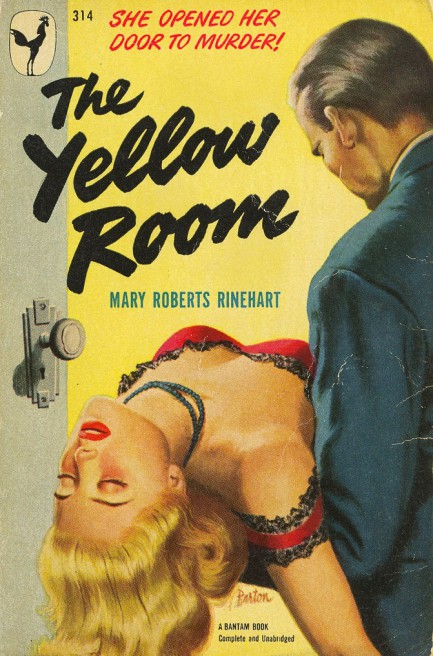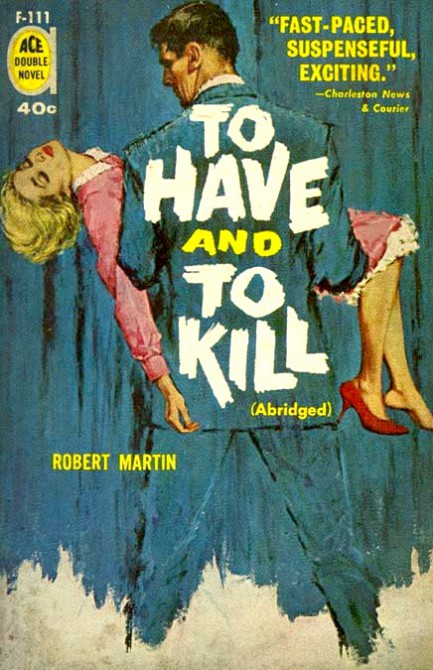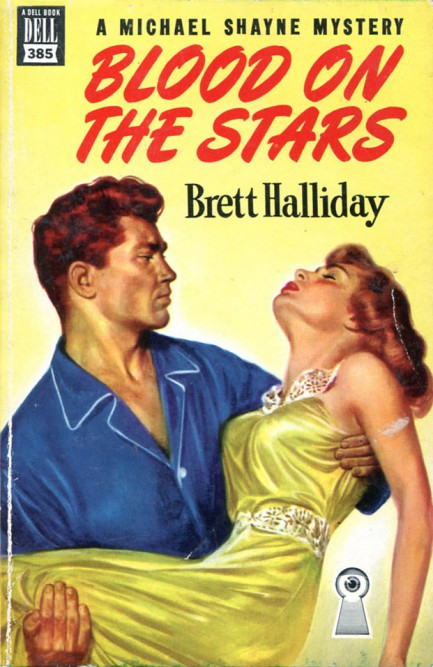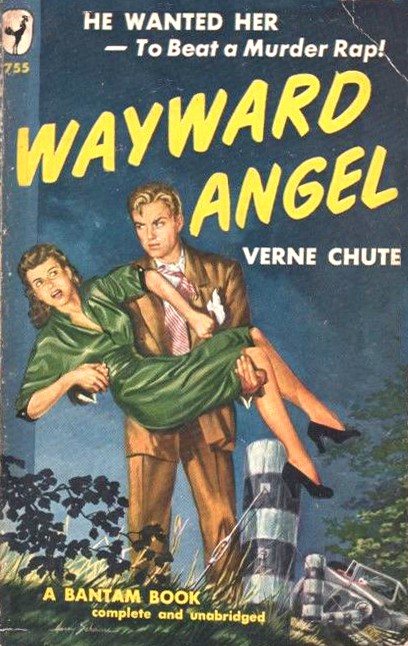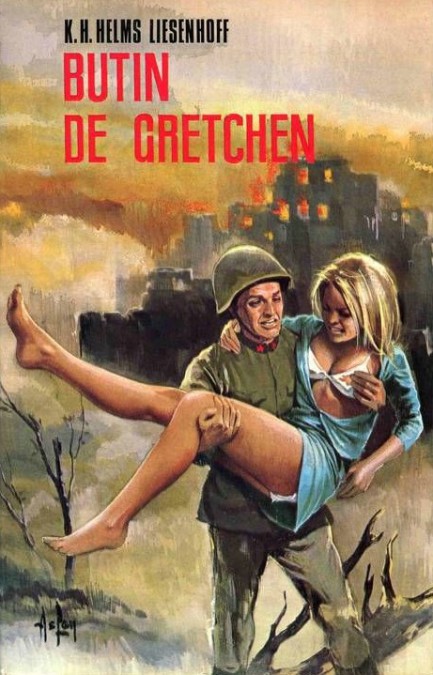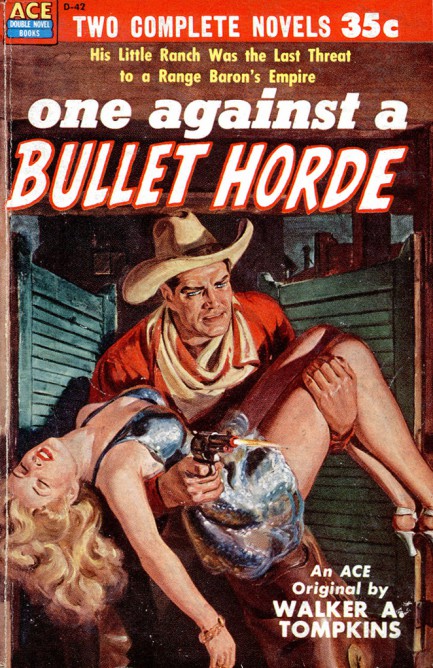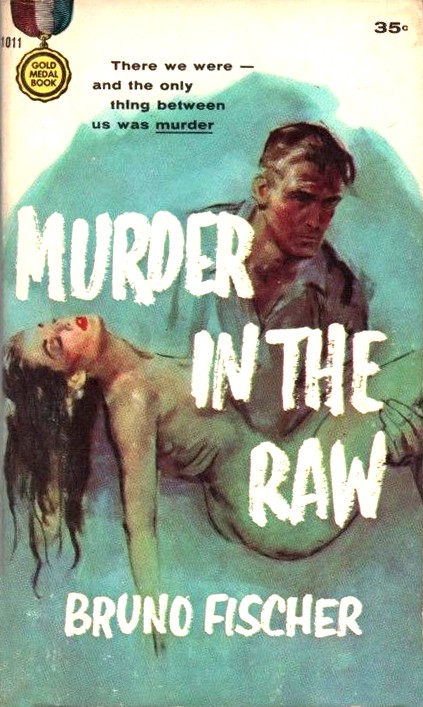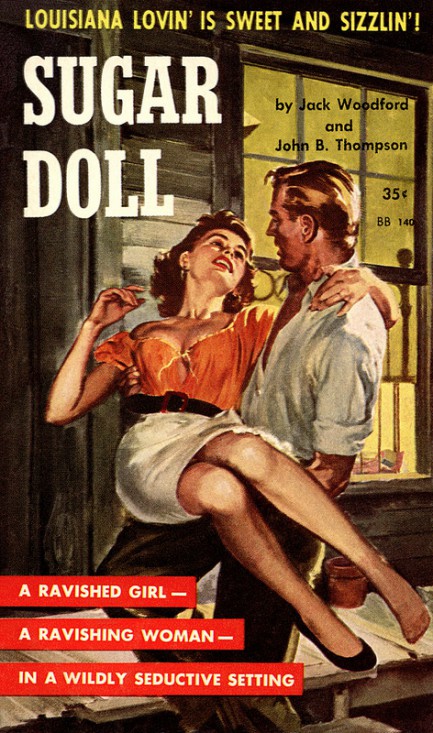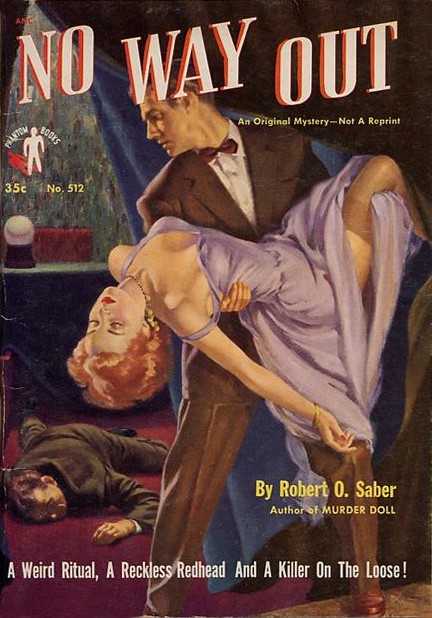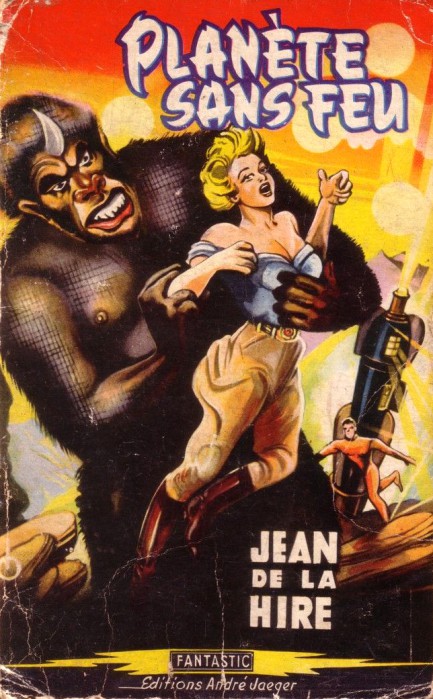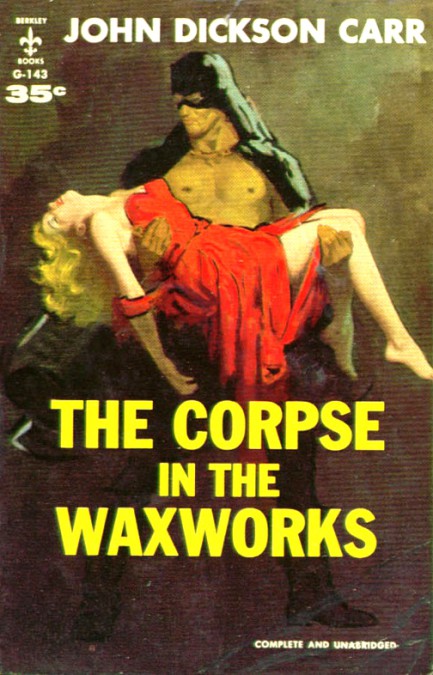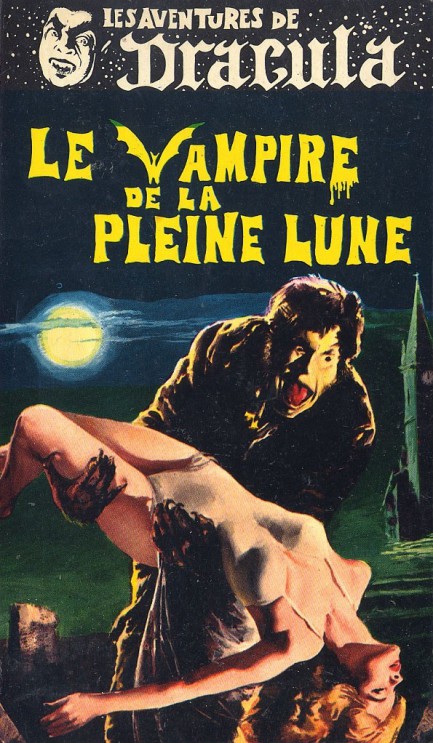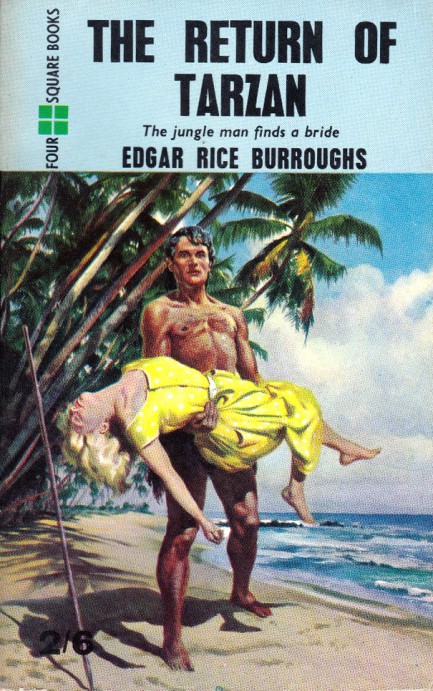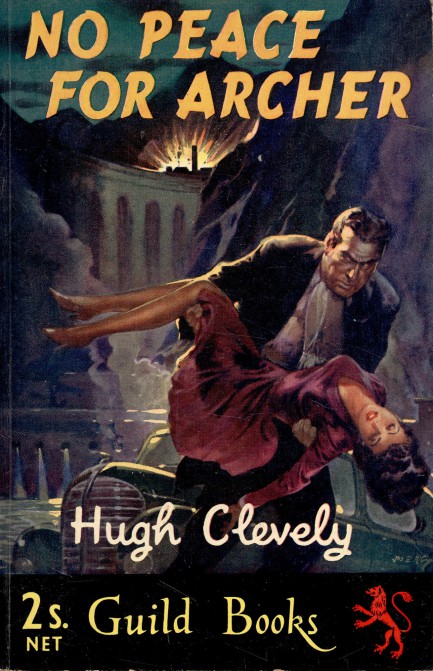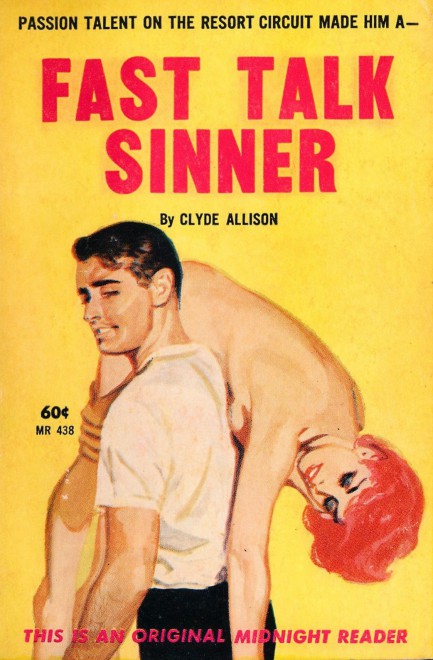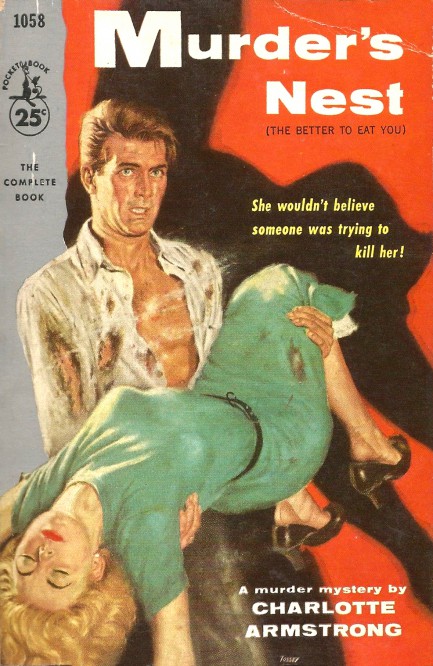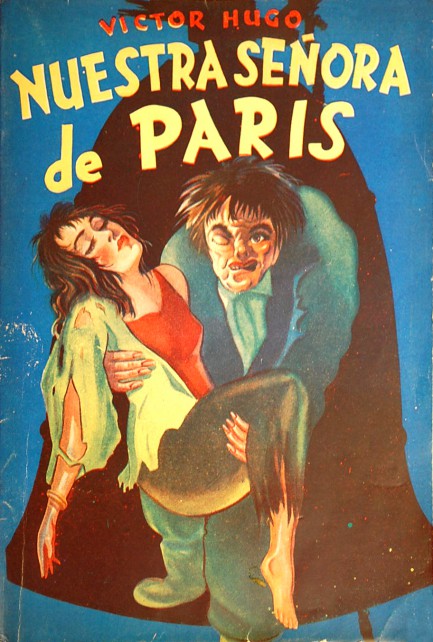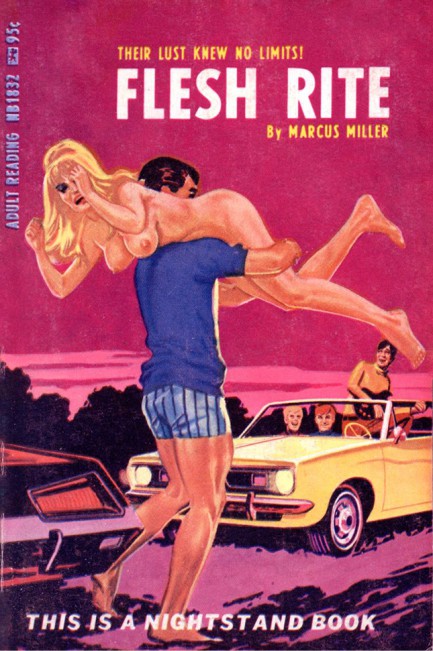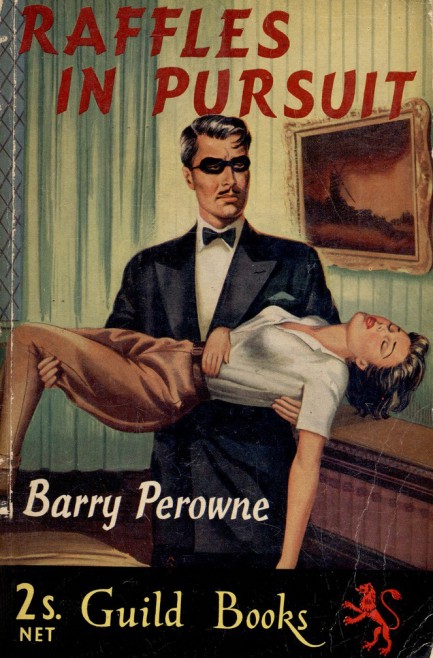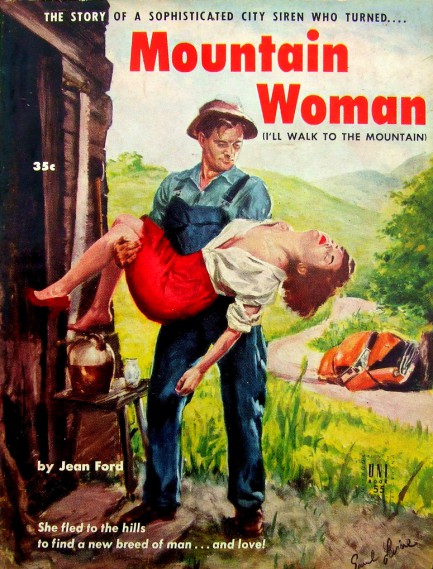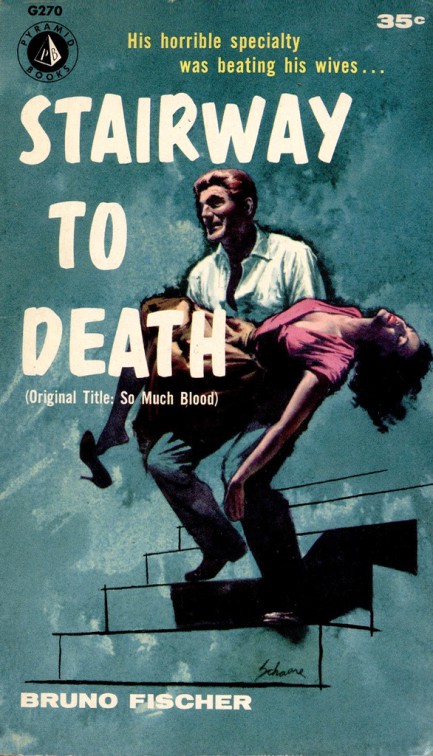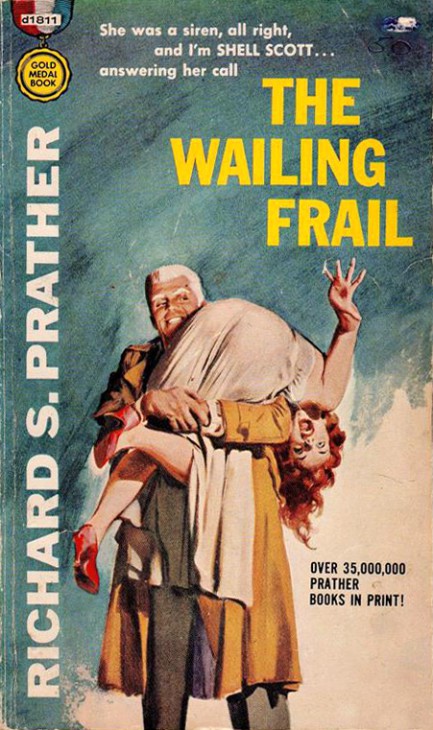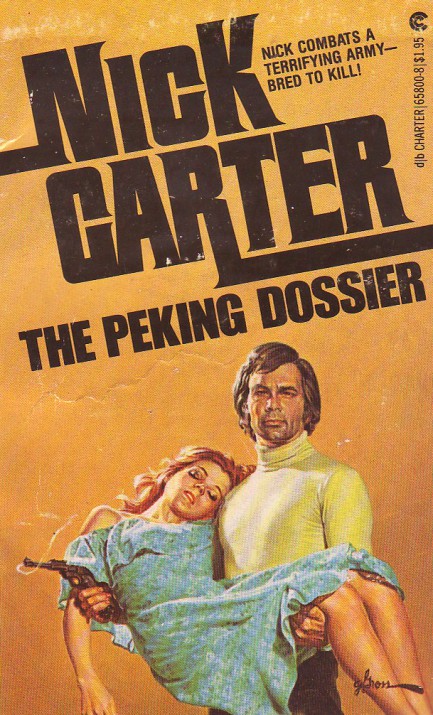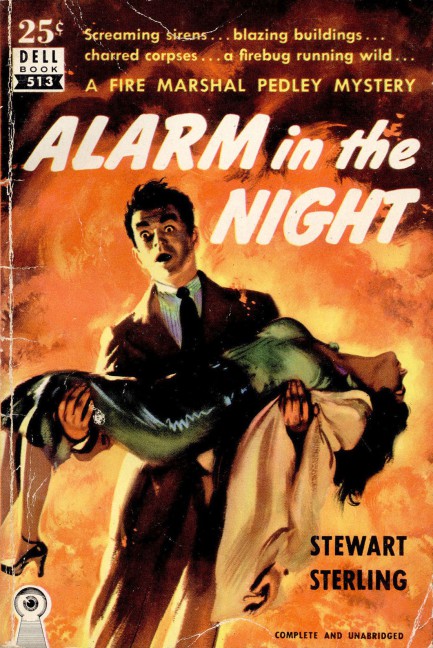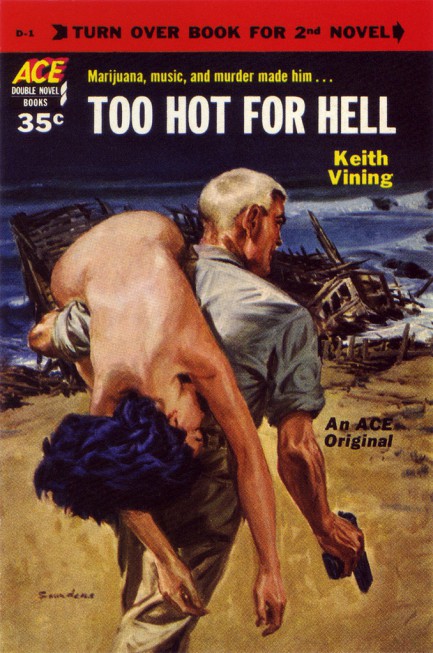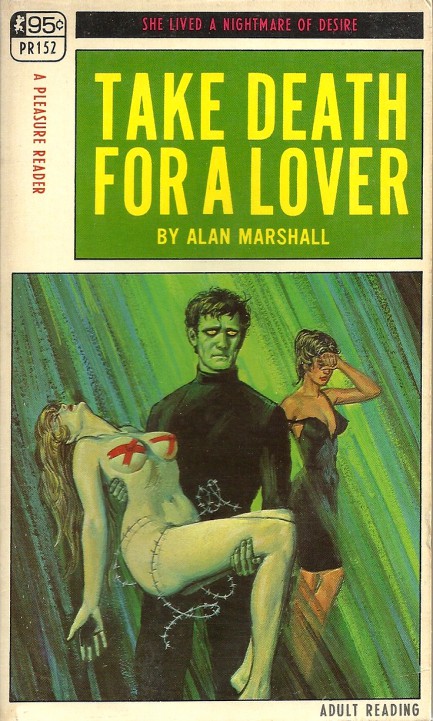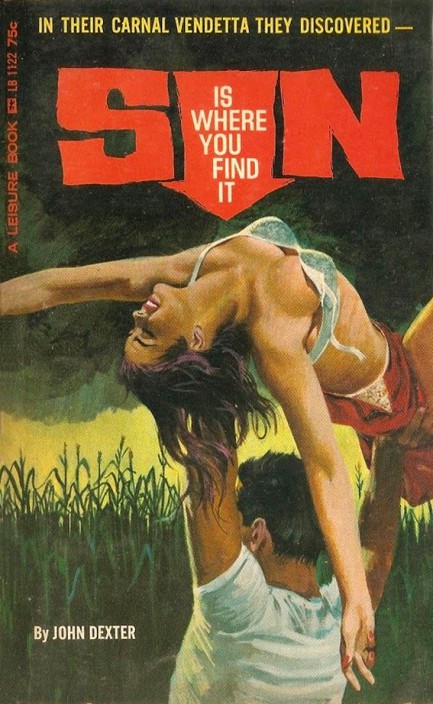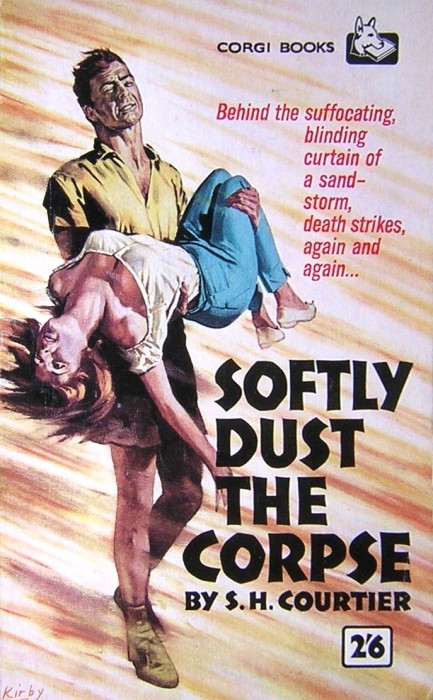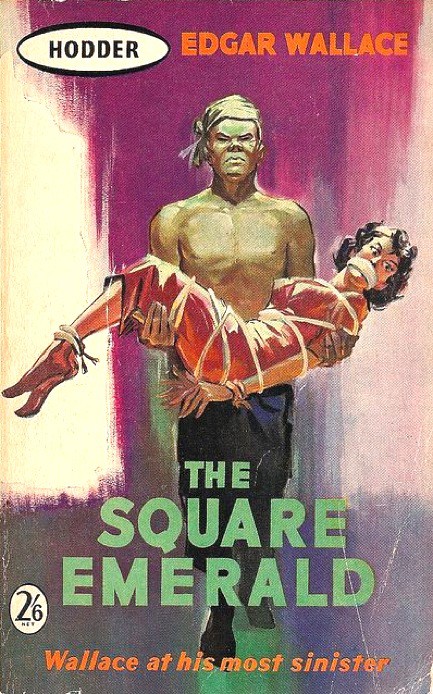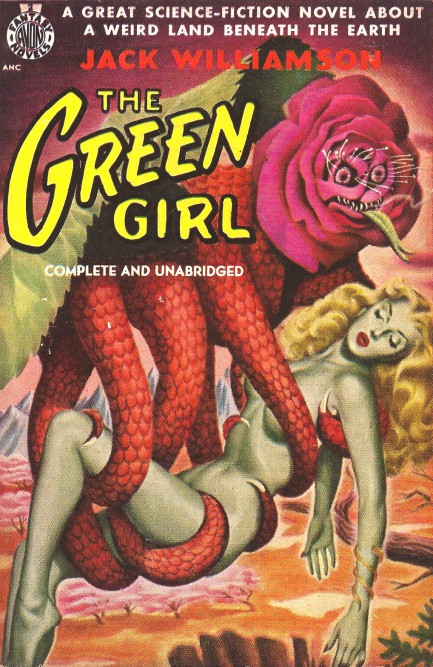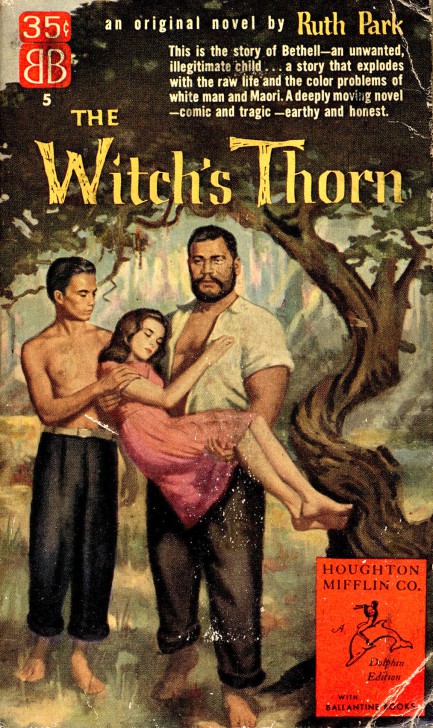| Vintage Pulp | Aug 21 2017 |

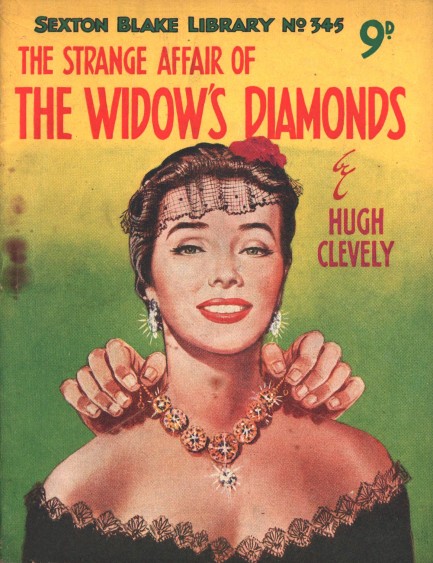
This weird cover caught our eye for obvious reasons. And as guys who have to help our girlfriends get their necklaces on nearly every day, we sometimes wonder if they'd trade their normal arms for a pair of backwards ones. With backwards arms the girls could also give themselves back rubs, which seems to be one of our primary functions. Seriously. One of our girlfriends literally walks in the room pointing at her own lats, which is semaphore for “back rub time.” Anyway, British author Hugh Clevely, who also wrote as Tod Claymore, produced this entry in the Sexton Blake Library, and the eponymous Blake—in case you aren't familiar with him—is basically an ingenious sleuth patterned after Sherlock Holmes, but with a tendency toward duelling to deal with his enemies. The character was immensely popular and eventually appeared on stage, radio, on television, and in movies. The Strange Affair of the Widow's Diamond's was published in 1955.
| Vintage Pulp | Jul 17 2015 |

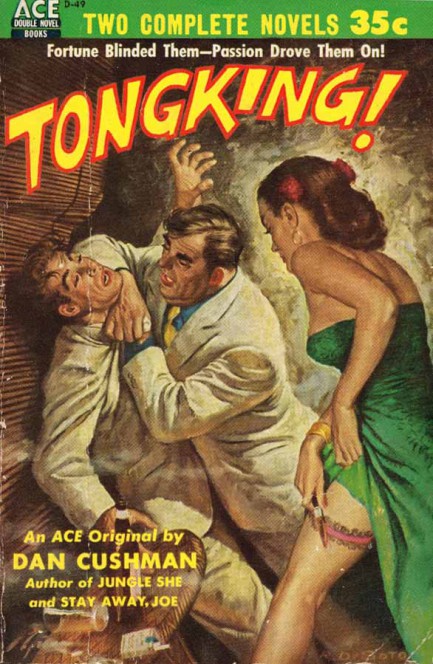
We have another collection today as we prepare to jet away on vacation with the girls. Since the place we’re going is known for rowdy British tourists (what place isn’t known for that?), we thought we’d feature some of the numerous paperback covers featuring fights. You’ll notice, as with our last collection, the preponderance of French books. Parisian publishers loved this theme. The difference, as opposed to American publishers, is that you almost never saw women actually being hit on French covers (we’d almost go so far as to say it never happened, but we’ve obviously not seen every French paperback ever printed). The French preferred man-on-man violence, and when women were involved, they were either acquitting themselves nicely, or often winning via the use of sharp or blunt instruments.
Violence against women is and has always been a serious problem in the real world, but we’re just looking at products of the imagination here, which themselves represent products of the imagination known as fiction. Content-wise, mid-century authors generally frowned upon violence toward women even if they wrote it into their novels. Conversely, the cover art, stripped of literary context, seemed to glorify it. Since cover art is designed to entice readers, there’s a valid discussion here about why anti-woman violence was deemed attractive on mid-century paperback fronts, and whether its disappearance indicates an understanding of its wrongness, or merely a cynical realization that it can no longer be shown without consequences. We have another fighting cover here, and you may also want to check out our western brawls here.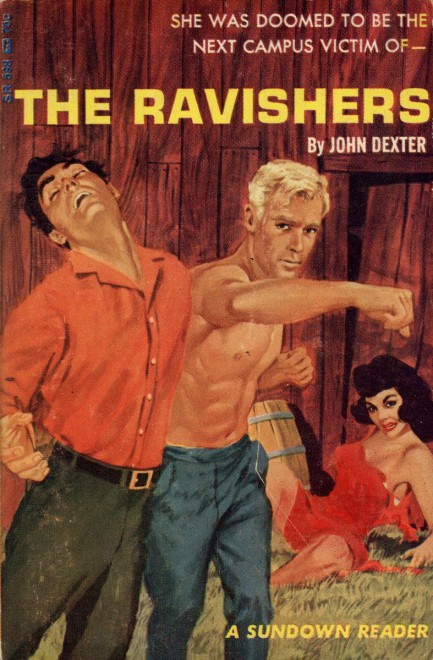
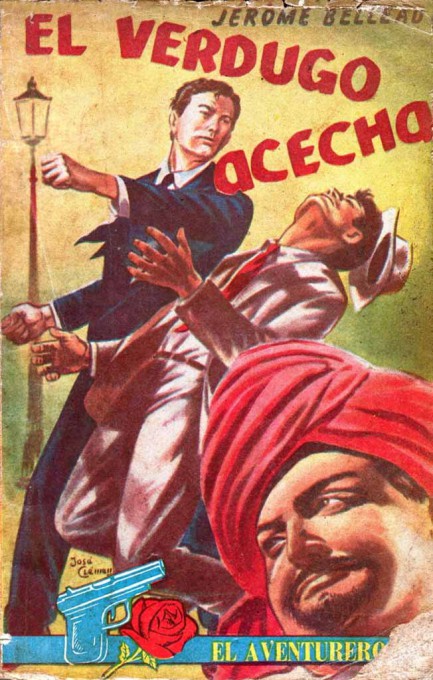
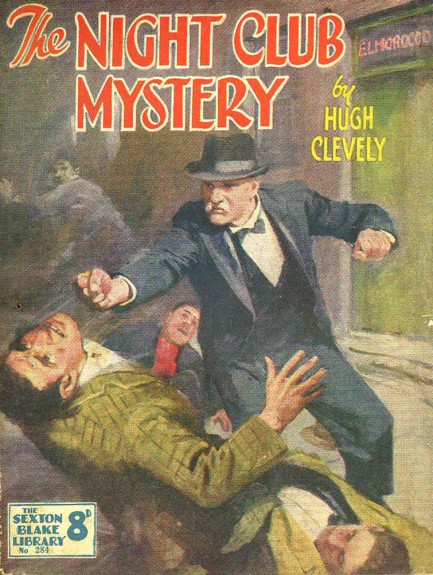

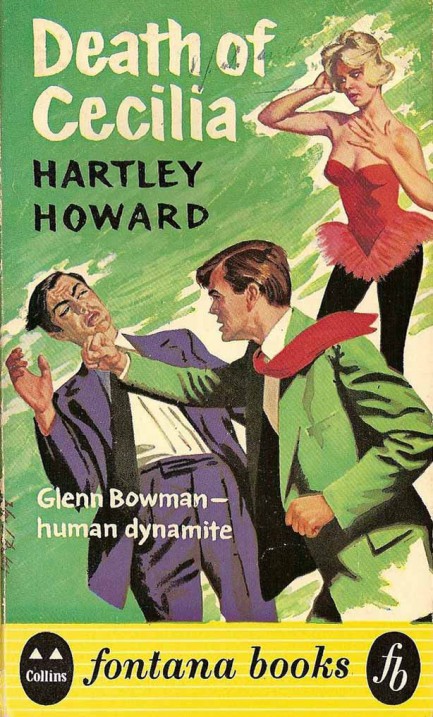
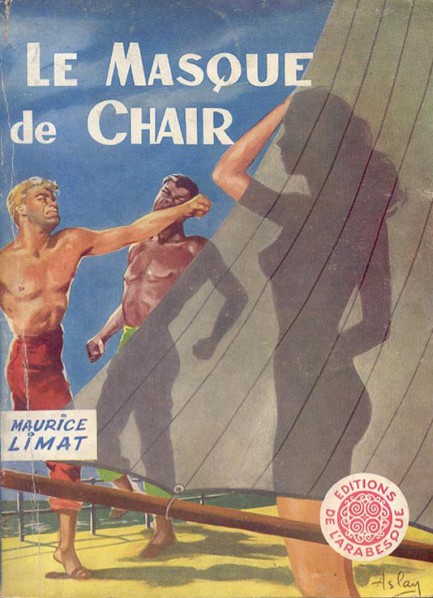
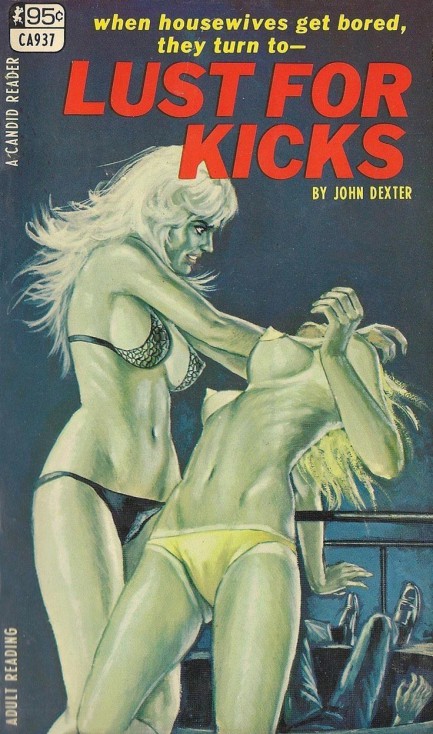
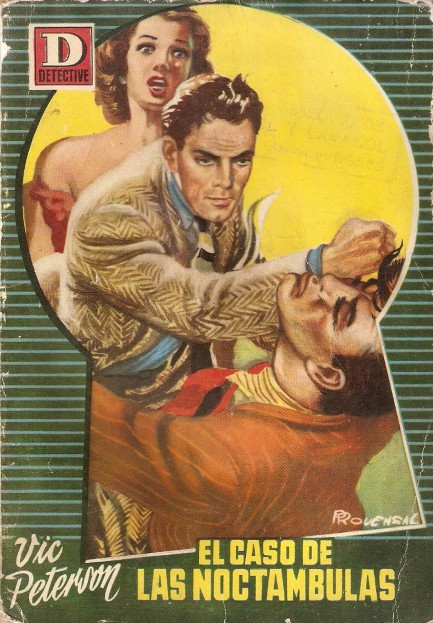
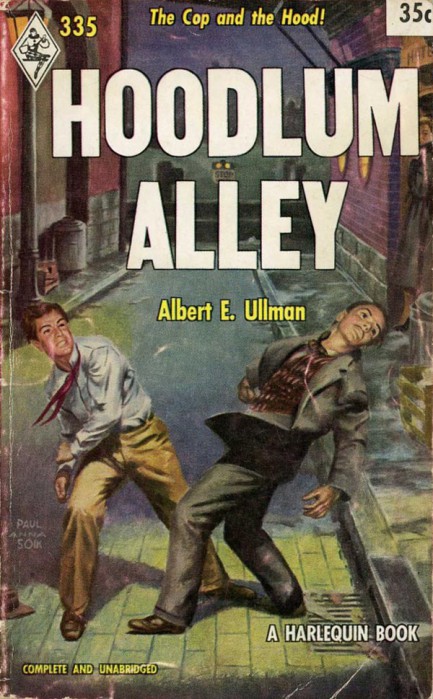
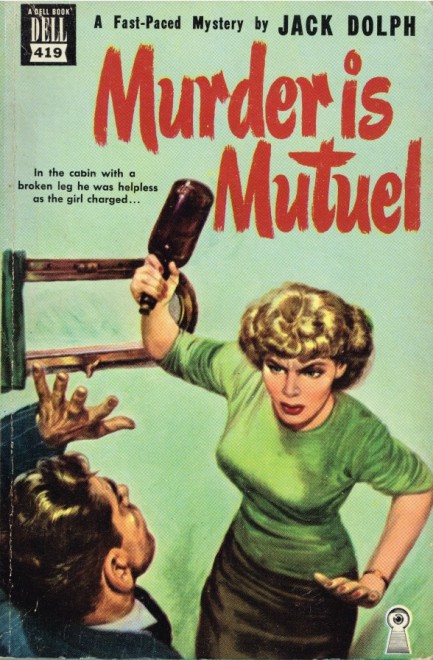
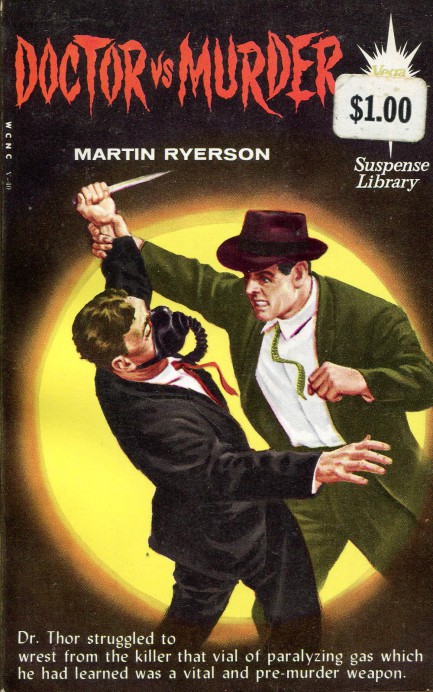
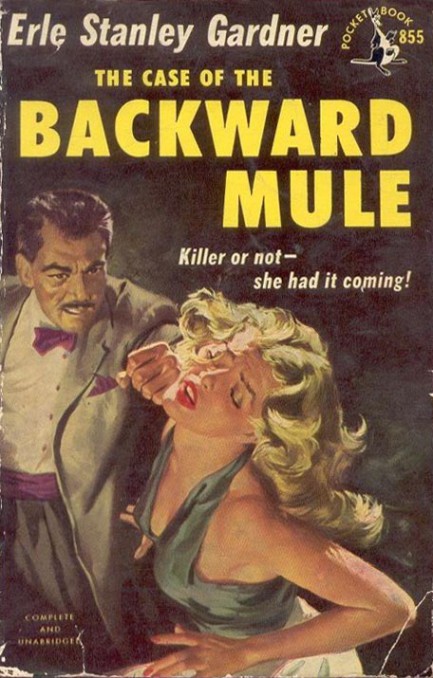
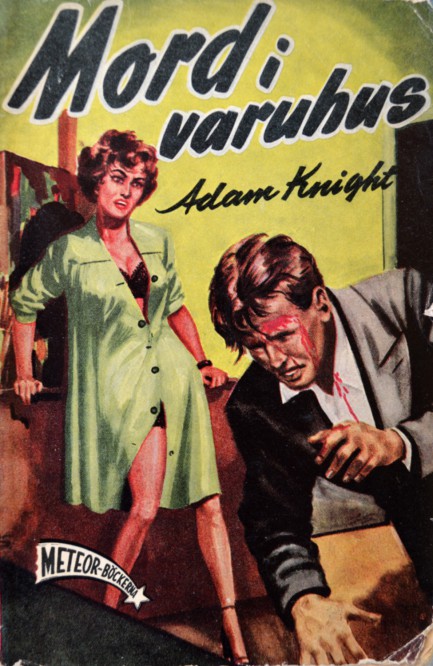
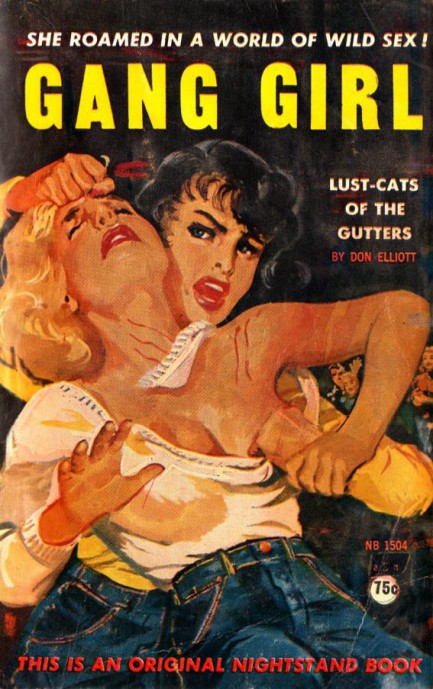
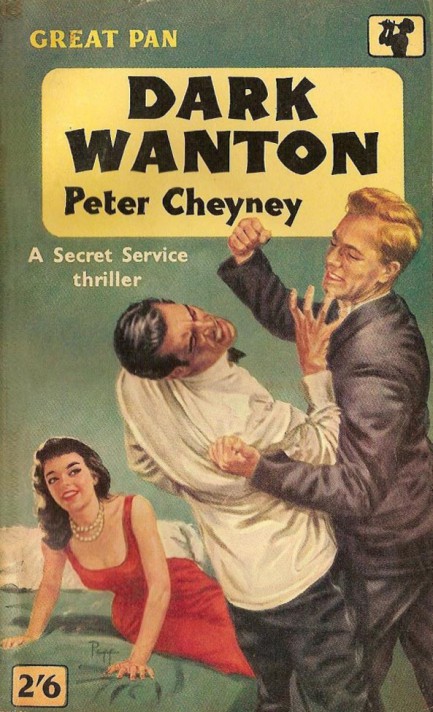
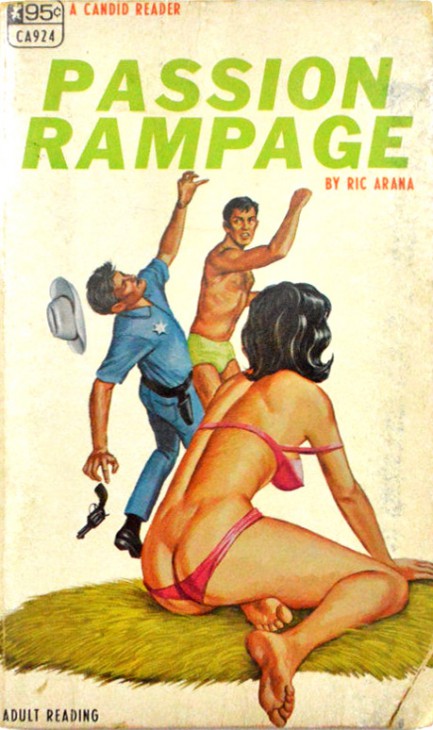
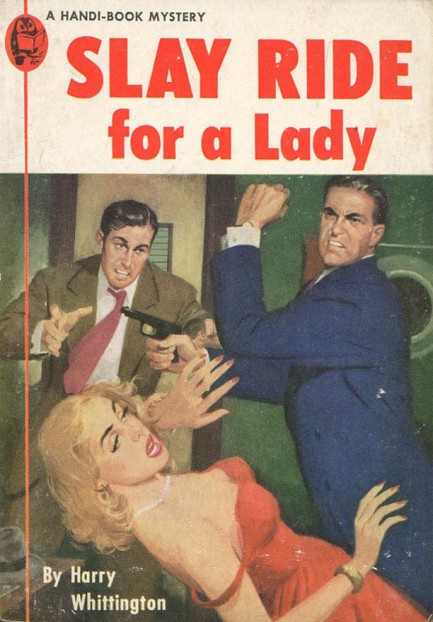
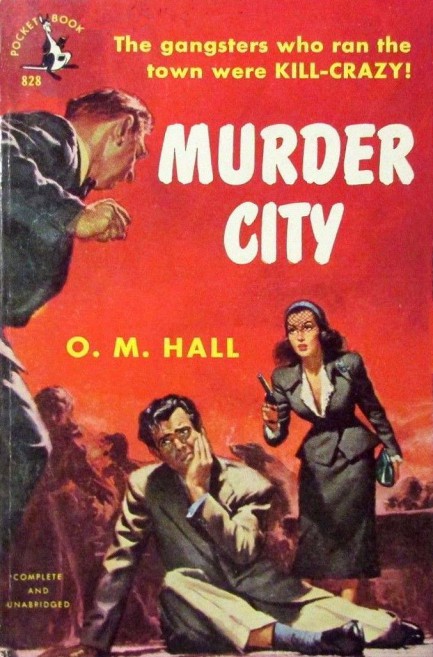
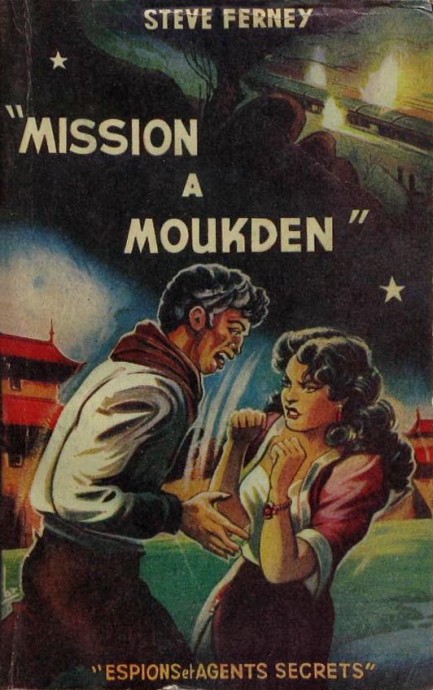
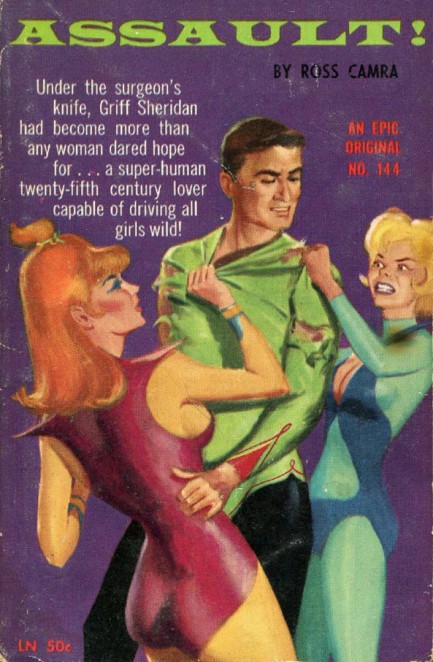
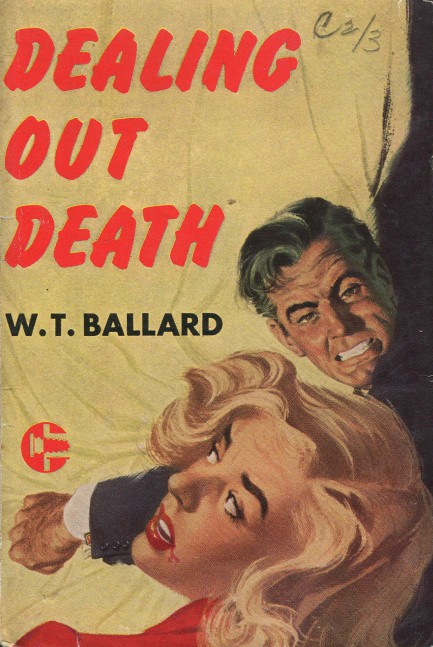

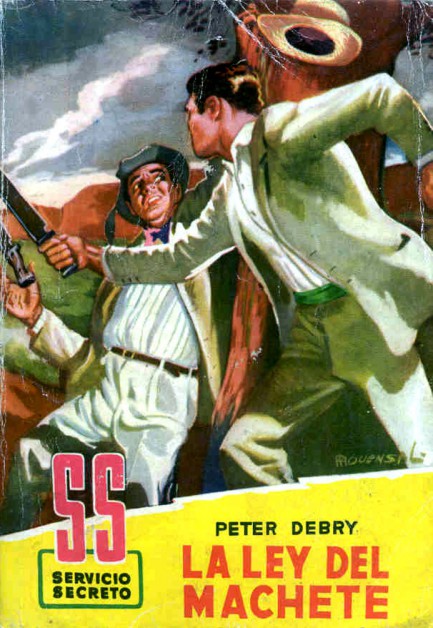
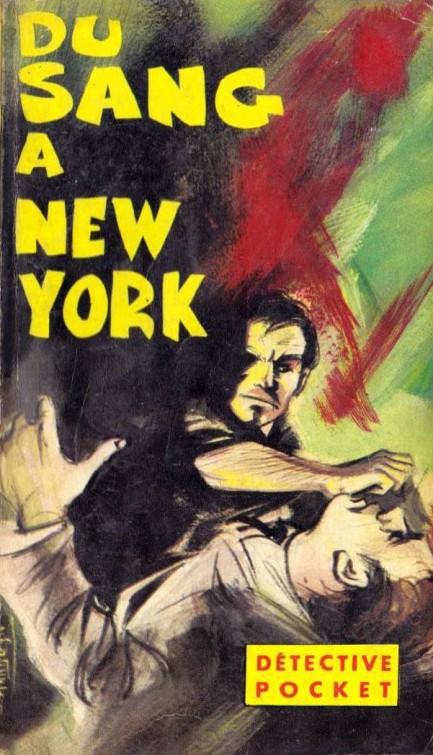
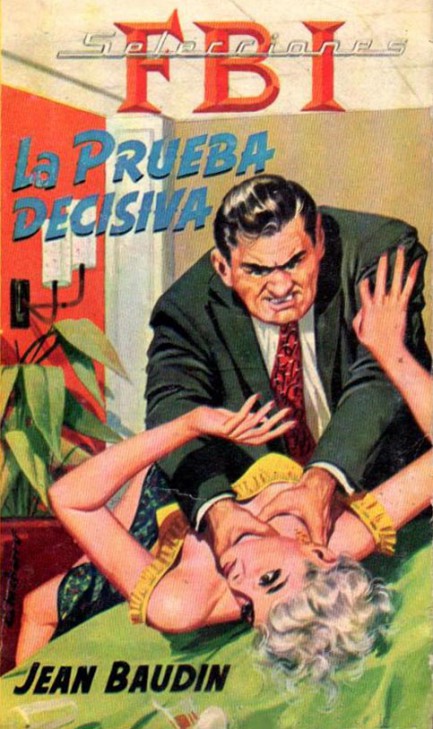
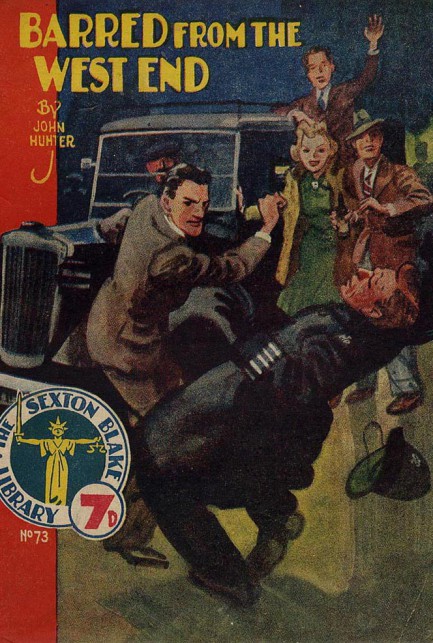
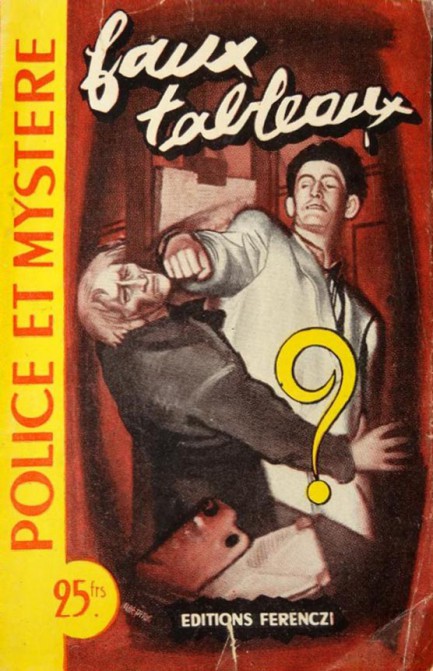
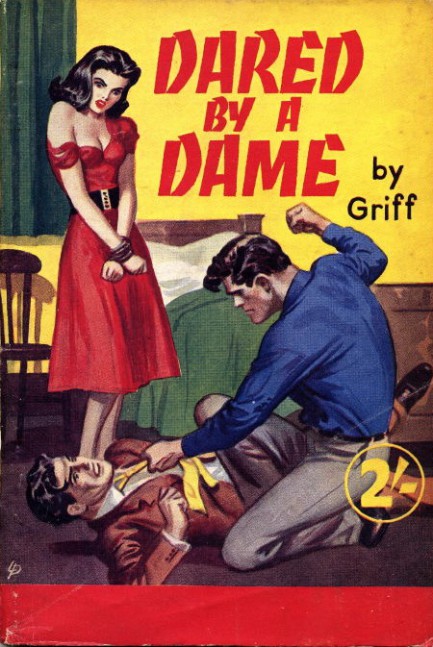
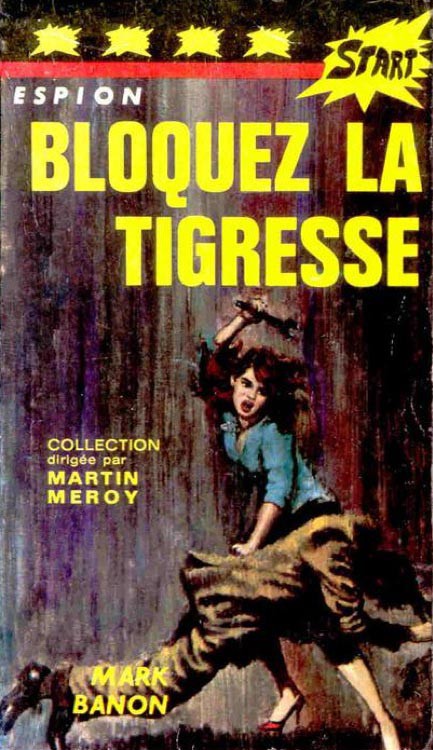
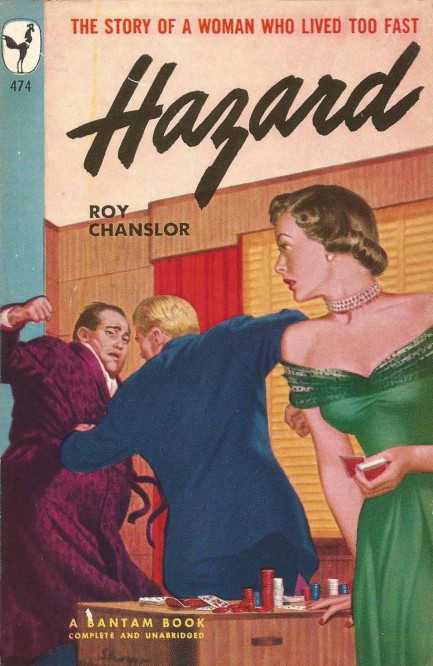
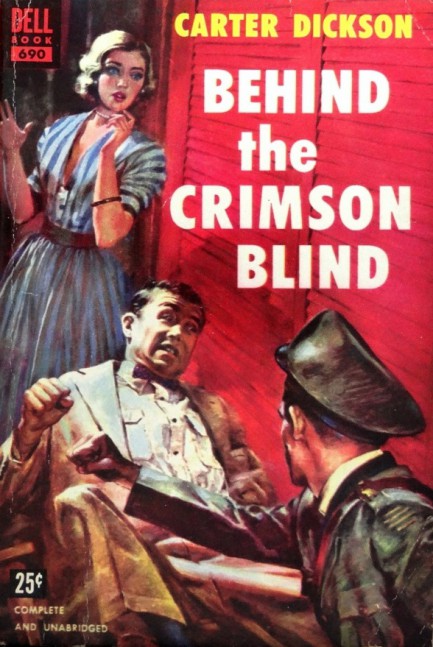
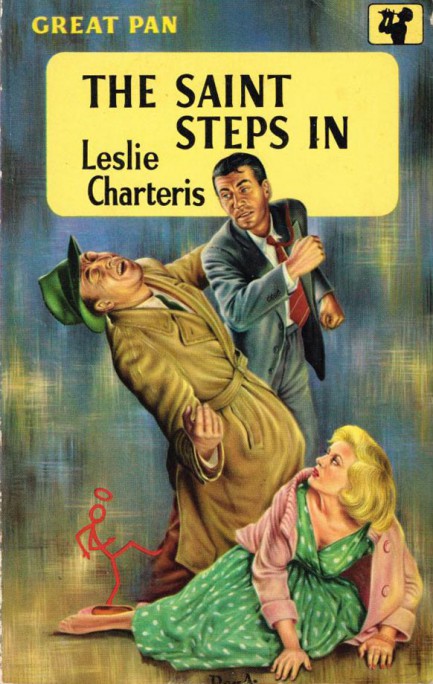
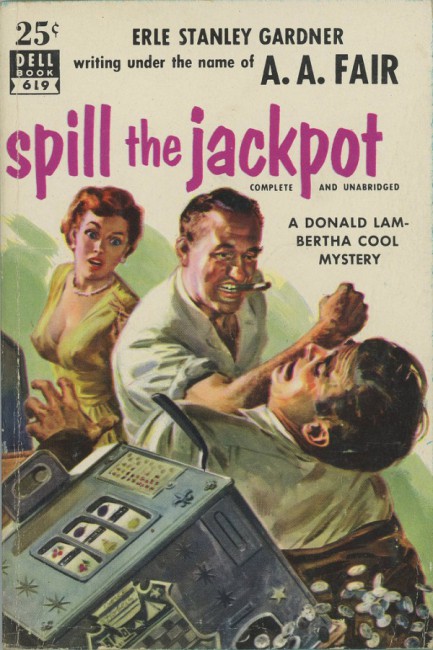
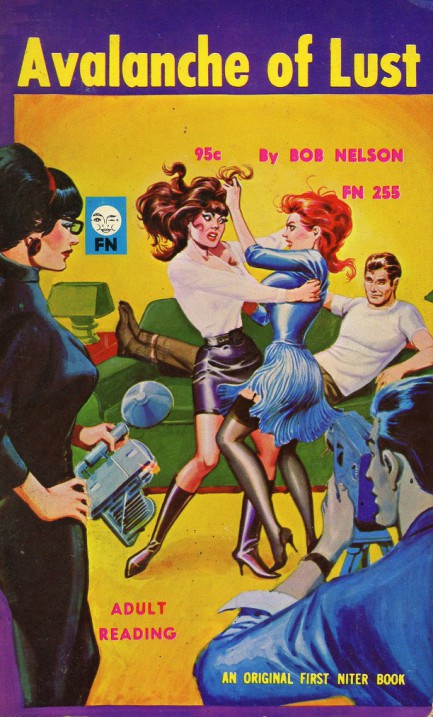
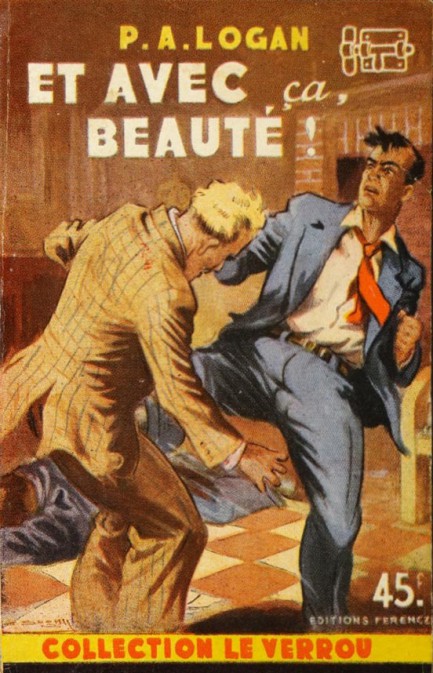
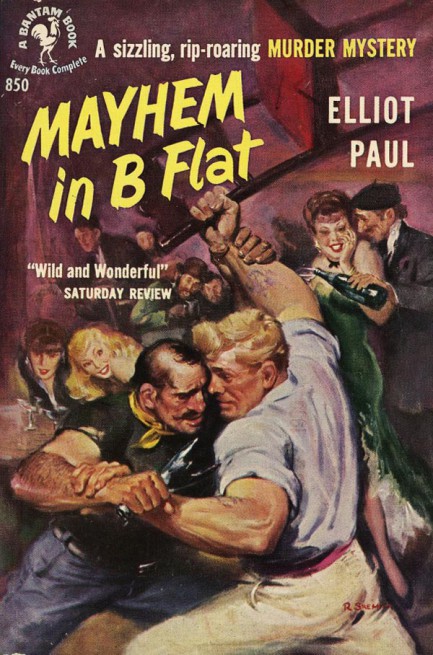
| Vintage Pulp | Feb 7 2015 |

